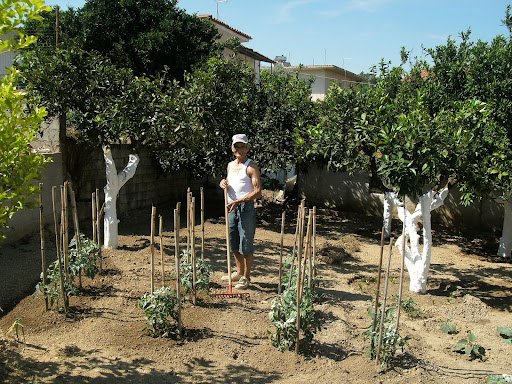5.2 Subsistence: How do we get food?
5.2 Subsistence: How do we get food?
Think about the last meal you ate. Where did the ingredients come from? If it was a cheeseburger, where did the cow live and die? Now think about all the food you consume in a normal week. Can you identify the geographic origin of all the ingredients? In other words, how much do you know about the trip your food took to arrive at your plate? How much you know about where your food comes from would tell an anthropologist something about the subsistence system used in your community. A subsistence system is the set of practices used by members of a society to acquire food. If you are like me and you cannot say much about where your food comes from, then you are part of an agricultural society that separates food production from consumption, a recent development in the history of humans. People who come from non-agricultural societies have a more direct connection to their food and are likely to know where 100 percent of their food comes from.
Finding food each day is a necessity for every person no matter where that person lives, but food is not just a matter of basic survival. Humans assign symbolic meaning to food, observing cultural norms about what is considered “good” to eat and applying taboos against the consumption of other foods. Catholics may avoid meat during Lent, for instance, while Jewish and Islamic communities forbid the consumption of certain foods such as pork. In addition to these attitudes and preferences, every society has preferred methods for preparing food and for consuming it with others. By studying both the subsistence system used by a society to acquire food and the foodway associated with consuming it, anthropologists gain insight into the most important daily tasks in every society.
Since the need to eat is one of the few true human universals, anthropologists have studied subsistence systems from a variety of perspectives. One way to think about the importance of food for human populations is to consider the number of calories an individual must obtain every day in order to survive. Anthropologists use the term carrying capacity to quantify the number of calories that can be extracted from a particular unit of land to support a human population. In his 1798 publication An Essay on the Principle of Population, Thomas Malthus argued, “the power of population is indefinitely greater than the power in the earth to produce subsistence for man.”[1] He suggested that human populations grow at an exponential rate, meaning the population climbs at a rate that is constantly increasing. However, the availability of resources in the environment increases at only an arithmetic rate, which means that left unchecked human populations would soon outstrip the environment’s ability to provide sustenance. Malthus famously argued that war, famine, and disease were “good” or at least “functional” in the sense that they kept populations from growing too large.
While Malthus presented a grim view of humanity’s future, research suggests that the rate of human population growth, currently about one percent per year, is actually slowing. It is also not necessarily true that population growth has an entirely negative impact on human communities. The Danish economist Ester Boserup, for example, argued that human history reveals a connection between population growth and cultural innovation, particularly innovation in farming techniques. Because necessity is the mother of invention, she reasoned, the pressure of having more mouths to feed could be the dynamic that drives societies to develop new solutions.[2]
Modern anthropological studies of subsistence systems draw on insights and perspectives from several different fields, including biology, chemistry, and ecology, as well as a range of ethnographic techniques. This interdisciplinary perspective allows for cross-cultural comparison of human diets. In several decades of anthropological research on subsistence systems, anthropologists have observed that the quest for food affects almost every aspect of daily life. For instance, every person plays a role in society as a producer, distributor, or consumer of food. In the journey of a fish from the sea to the plate, for instance, we can see that in some societies, the same person can fill more than one of those roles, while in other societies there is more specialization. In a small fishing village, the same person might catch the fish, distribute some extra to friends and family, and then consume the bounty that same day. In a city, the consumer of the fish at a fancy restaurant is not the same person who caught the fish. In fact, that person almost certainly has no knowledge who caught, cleaned, distributed, and prepared the fish he or she is consuming. The web of social connections that we can trace through subsistence provides a very particular kind of anthropological insight into how societies function at their most basic level.

Media Attributions
- Traditional Horticulture © Demetri Brellas is licensed under a CC BY-NC-SA (Attribution NonCommercial ShareAlike) license

